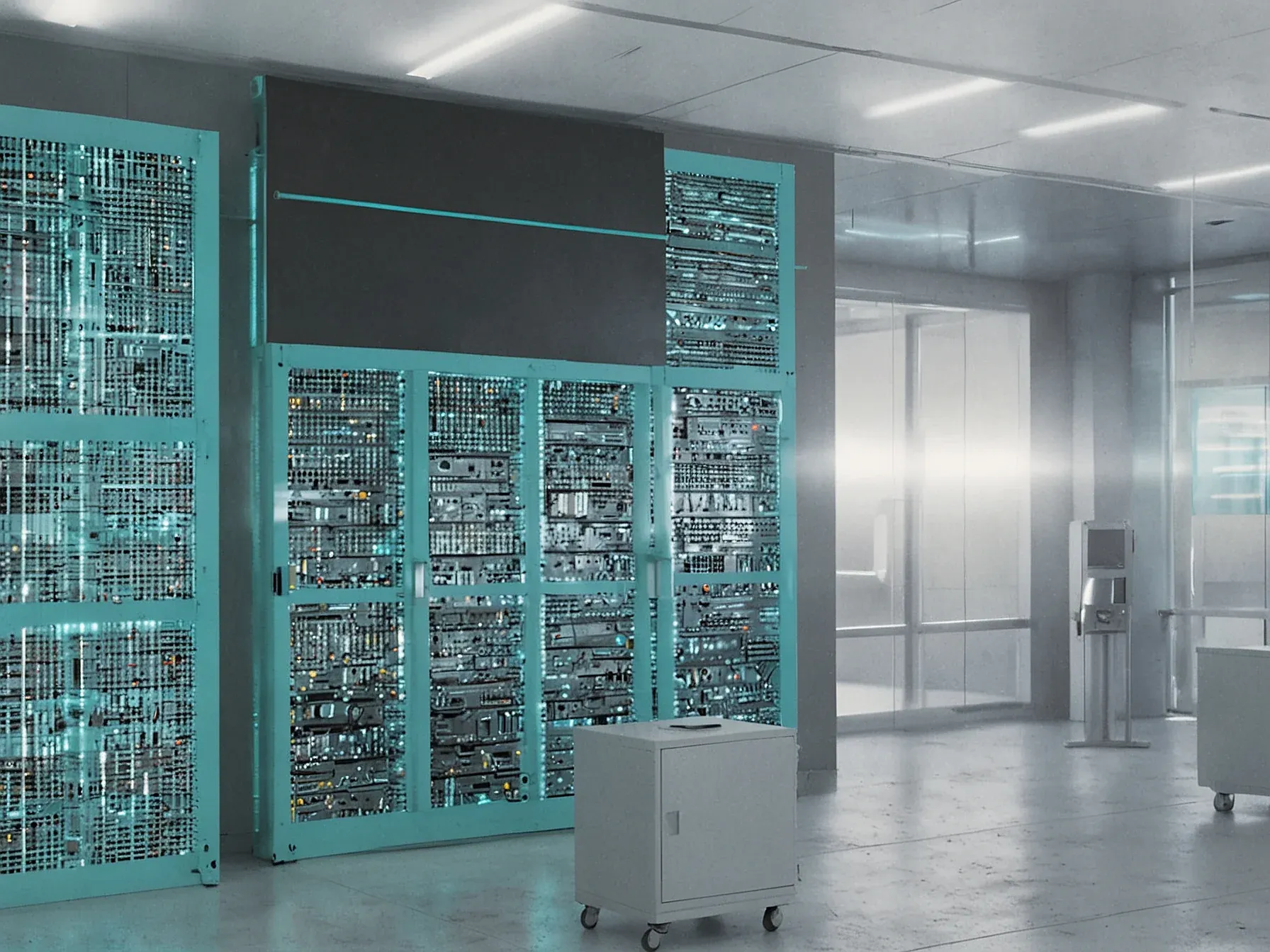
Space Data Centers: Companies Harness Sunlight, Cooling, No Permits for AI
The race to keep AI models humming is hitting a wall on the ground. Power bills are climbing, data‑center sites are scarce, and regulators are tightening the screws on new builds. In response, a handful of startups have started looking upward—literally.
An article titled “8 Futuristic Companies Building Data Centres in Space” lists the ventures that think orbit could relieve Earth‑bound bottlenecks. Among them, Houston‑based Axiom Space, known for commercial space infrastructure, is stepping into the arena. The idea isn’t sci‑fi fluff; it’s a concrete attempt to sidestep the constraints that choke traditional facilities.
By moving compute off‑planet, these firms hope to tap resources that are otherwise unavailable in terrestrial labs. The promise is simple: a place where sunlight never stops, heat can be shed into vacuum, and the usual permitting maze disappears. Their vision, as Axiom puts it, hinges on those very advantages.
Their vision is to use the advantages of space, such as constant sunlight, natural cooling and the absence of Earth-based permits, to build large computing systems for AI and other heavy data tasks.
Their vision is to use the advantages of space, such as constant sunlight, natural cooling and the absence of Earth-based permits, to build large computing systems for AI and other heavy data tasks. Axiom Space Axiom Space, a Houston-based commercial space infrastructure company, is also venturing into the orbital data centre market. Their Orbital Data Centre programme will deploy data-processing nodes in low Earth orbit, offering services not only to terrestrial customers but also to space-based users.
Axiom has partnered with companies like Kepler Communications and Skyloom Global to provide optical inter-satellite links that allow high data-rate communications to and from the orbital data centre. Moreover, one pilot project, the Axiom Data Center Unit One (AxDCU-1), runs on the Red Hat Device Edge stack and is being sent to the International Space Station to demonstrate in-orbit computing and data storage. Google Project Suncatcher Google has announced a research initiative known as Project Suncatcher, which explores placing AI data-centres in space to harness the near-constant solar energy available in low Earth orbit or sun-synchronous orbit.
Will space‑based servers become a practical answer to AI’s power hunger? The article notes that by 2025 the concept has moved from fiction to early implementation, with several firms already planning orbital and lunar facilities. Constant sunlight and the vacuum’s natural cooling are cited as core advantages, while the absence of Earth‑based permits promises fewer regulatory hurdles.
Yet the piece offers no data on launch costs, reliability of hardware in micro‑gravity, or long‑term maintenance logistics, leaving key questions unanswered. Axiom Space, a Houston‑based commercial infrastructure player, frames its vision around these very benefits, suggesting that solar‑powered, continuously operating racks could soon orbit the planet. The summary also mentions “giant computing stations” and “backup servers on the Moon,” implying a diversified approach, but provides no timeline or performance metrics.
Consequently, while the initiative appears to be gaining momentum, it remains unclear whether the technical and economic challenges can be overcome. The facts presented hint at ambition, but the outcome is still uncertain.
Further Reading
- Exploring a space-based, scalable AI infrastructure system design - Google Research Blog
- Data Centers in Space | Starcloud – The Future of AI - Starcloud
- These Data Centers Are Getting Really, Really Big - Distilled
Common Questions Answered
What advantages does Axiom Space claim space offers for orbital data centres?
Axiom Space highlights constant sunlight, natural cooling from the vacuum, and the lack of Earth‑based permits as key advantages. These factors could reduce energy costs, simplify regulatory compliance, and improve server efficiency for AI workloads.
How does the Orbital Data Centre programme plan to serve terrestrial customers?
The programme will deploy data‑processing nodes in low Earth orbit that can handle heavy AI and data tasks remotely. By linking these orbital servers to ground stations, terrestrial users can access high‑performance computing without building new Earth‑based facilities.
Why might the absence of Earth‑based permits be significant for space‑based servers?
Without needing traditional construction permits, companies can bypass lengthy regulatory reviews that often delay data‑center projects. This could accelerate deployment timelines and lower administrative costs for firms seeking to meet AI’s growing power demands.
What uncertainties does the article mention regarding the practicality of space‑based servers?
The article notes a lack of data on launch costs, hardware reliability in micro‑gravity, and long‑term maintenance of orbital facilities. These unknowns make it difficult to assess whether space‑based servers can become a viable solution for AI’s power hunger.